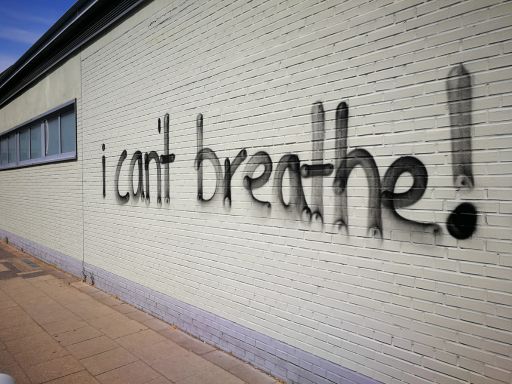Listen to this post on Youtube: https://youtu.be/dxy88nWkXRk
I’ve been reading a lot of science-y books on the human mind and body recently, and here are a few of my key takeaways about breathing and the mind/ body connection:
-Taking a giant inhale when panicking is a good way to create more panic
-Slowing down the breath will slow down the heart rate, which can be a good thing, at least when you aren’t exercising or running from an attacker.
-Doing breathing exercises involving slow, abdominal breathing has been proven to reduce stress and increase mental clarity
-Nose breathing is vastly superior to mouth breathing for health and mental clarity
Having studied opera in college, and being a long time yogi, I thought I knew everything there was to know about breathing, but I was wrong! I knew a lot about how to expand the lung capacity, how to train the body to exercise with less oxygen, and how to create a mind-body connection by moving along with the breath (“inhale, raise the arms, exhale, forward fold”). But the basic stuff about how to just breathe normally when doing everyday things somehow slipped by me. I guess it’s because it’s something we, as humans, are just supposed to instinctively know, and yet…
I hear all the time to “take a deep breath” when angry, stressed, or nervous. Most of us will interpret this as taking a giant inhale. This is a great idea in certain stressful situations, like if a literal bear (or evil human) is chasing you and you need to either fight or fly (run). The thing is though, these occurrences are pretty rare in modern society. More common is road rage while sitting in a car, stress from trying to meet a deadline, or nervousness before giving a performance or a presentation, and rather than picking a fight with whomever is within close proximity, it’s usually better to just tell the body to chill. We can do that by taking a low, slow breath (or a few), starting with an exhale instead of an inhale.

Now I’m not saying this is easy in tense situations by any means, but a little knowledge goes a long way. I’ve had a few panic attacks in my time, and and I can remember feeling like I couldn’t breathe. The problem was that I was trying to take in more air when my lungs were already full. Most of the time though, it’s just a matter of trying to feel less jittery when something ruffles my feathers. In that case, the old advice of “take a deep breath and count to 10” doesn’t work. Instead, and this has been proven in numerous scientific studies, exhaling slowly and then allowing the air to come back in through the nose naturally is much more effective at restoring the body to it’s pre-fight or flight status.
We don’t need as much breath as we think. We just need to get used to using the breath we already have in our lungs. Practice low, slow nose breathing for a few minutes every day so that it becomes second nature when the next jerk cuts you off on the freeway.
Visit my website at becksvoice.com!
Follow me on social media!
https://www.linkedin.com/in/rebecca-h-lee-audiobook-narrator
https://www.instagram.com/beckcentric
https://www.facebook.com@beckcentric



